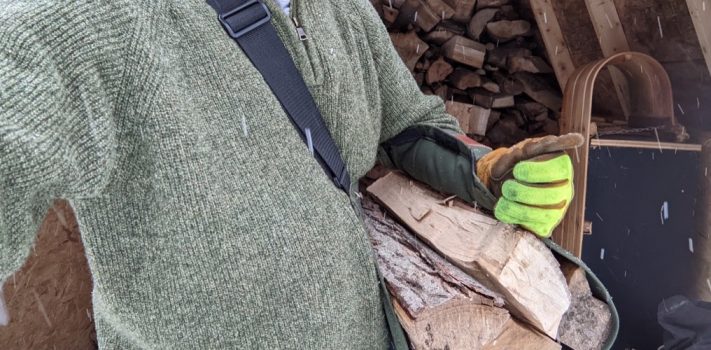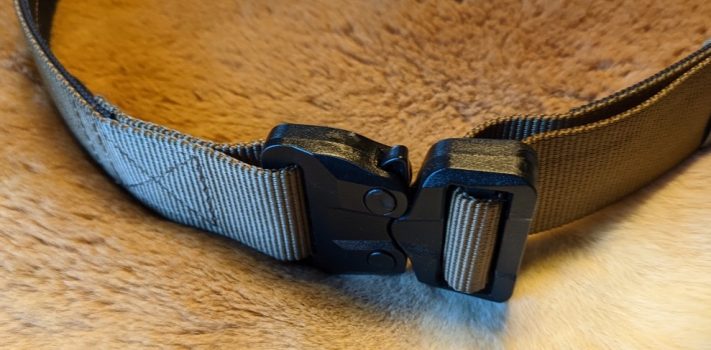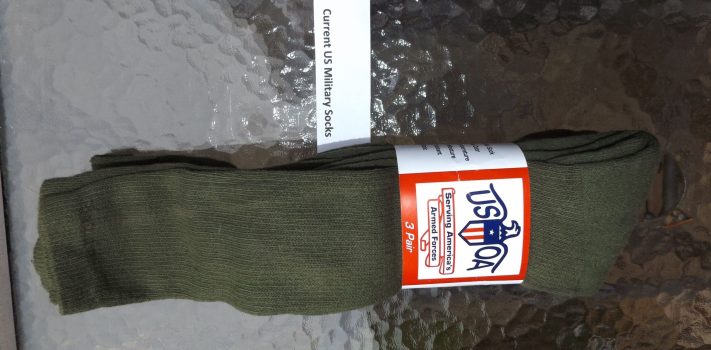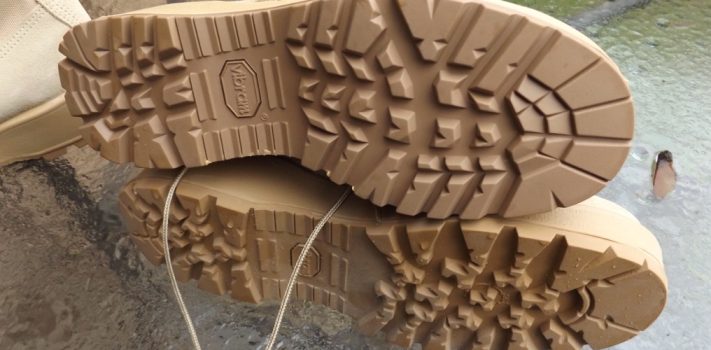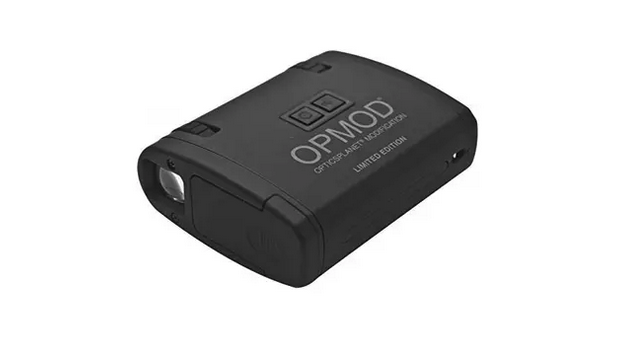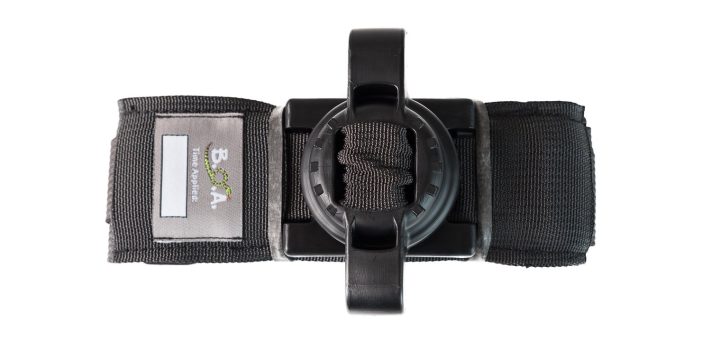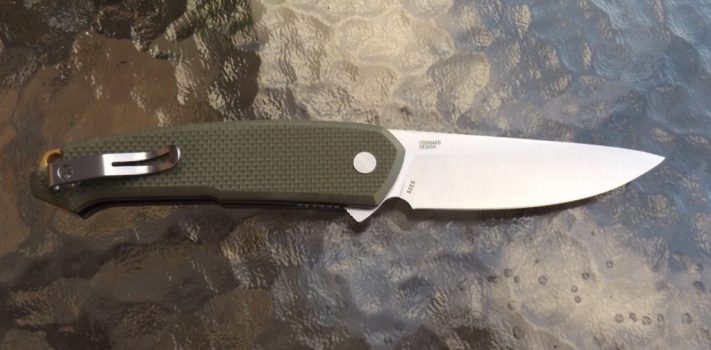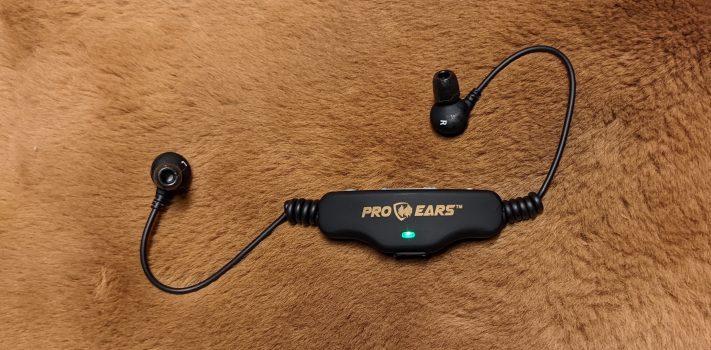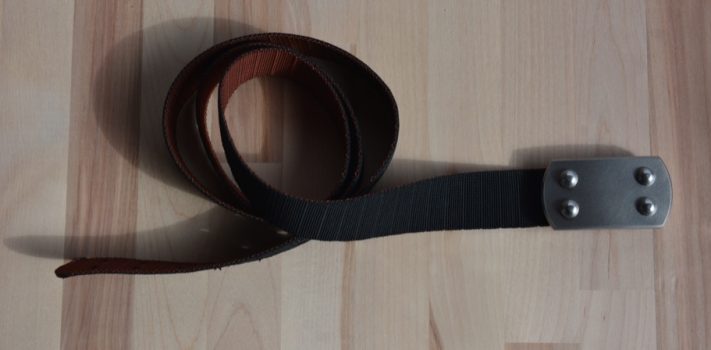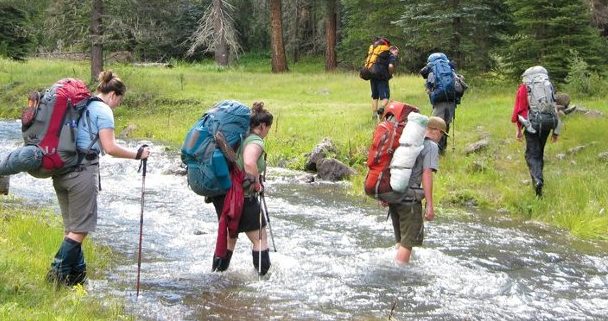Review: GripOX Gloves and WoodOX Sling, by Thomas Christianson
GripOX gloves are sturdy, comfortable gloves that are well designed for use in processing firewood. The WoodOX sling is an ingenious, ergonomically designed sling for carrying firewood. The Backstory I am pretty hard on gloves, usually wearing out several pair each year. My wife, “Kari” suggested that if I was going to review anything, I should review some gloves since I would be able to give them a true test of their durability. With that in mind, I contacted LogOX to see if I could test a pair of their GripOX gloves. I had previously reviewed the LogOX Forester Package …

